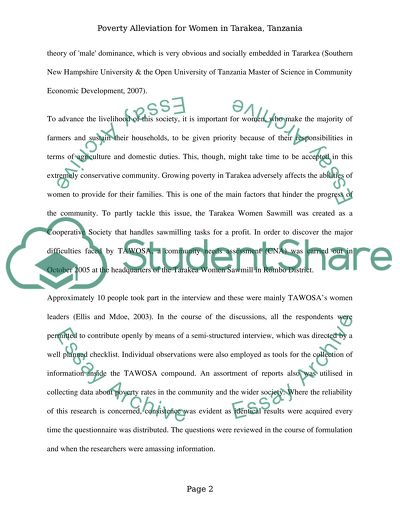Cite this document
(“POVERTY ALLEVIATION FOR WOMEN IN TANZANIA Essay”, n.d.)
POVERTY ALLEVIATION FOR WOMEN IN TANZANIA Essay. Retrieved from https://studentshare.org/sociology/1469676-poverty-alleviation-for-women-in-tanzania
POVERTY ALLEVIATION FOR WOMEN IN TANZANIA Essay. Retrieved from https://studentshare.org/sociology/1469676-poverty-alleviation-for-women-in-tanzania
(POVERTY ALLEVIATION FOR WOMEN IN TANZANIA Essay)
POVERTY ALLEVIATION FOR WOMEN IN TANZANIA Essay. https://studentshare.org/sociology/1469676-poverty-alleviation-for-women-in-tanzania.
POVERTY ALLEVIATION FOR WOMEN IN TANZANIA Essay. https://studentshare.org/sociology/1469676-poverty-alleviation-for-women-in-tanzania.
“POVERTY ALLEVIATION FOR WOMEN IN TANZANIA Essay”, n.d. https://studentshare.org/sociology/1469676-poverty-alleviation-for-women-in-tanzania.


